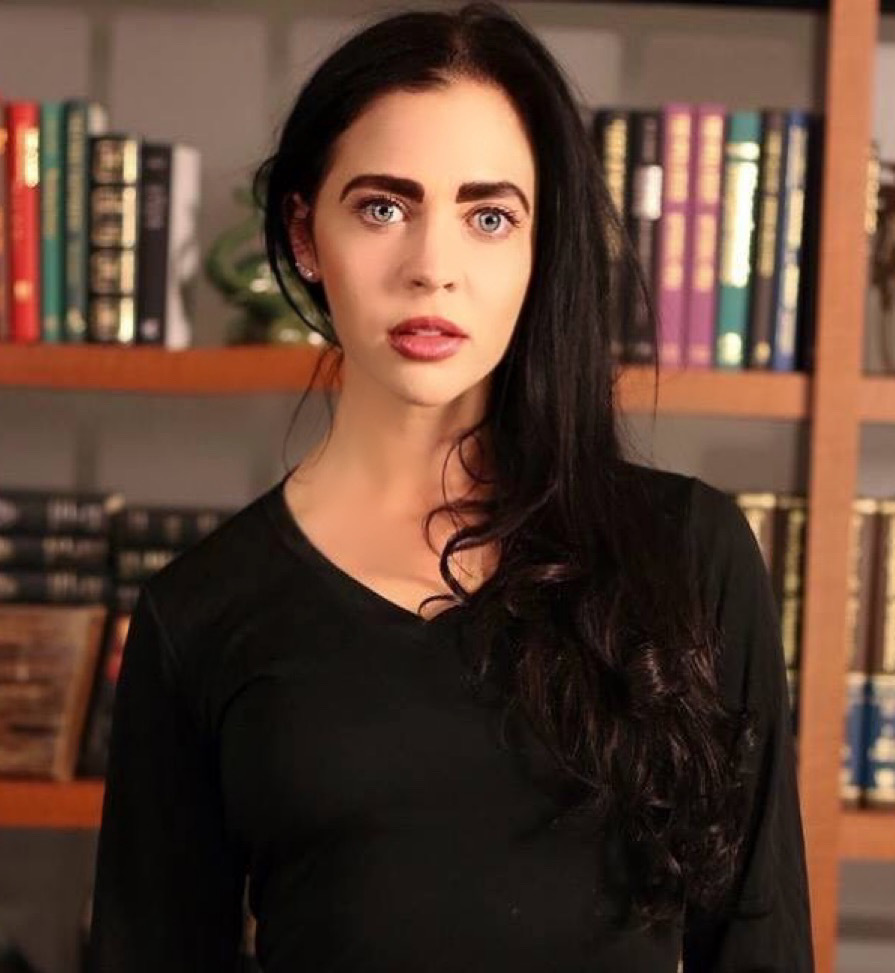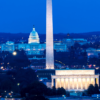NEW YORK, New York – It was the kind of phone call that is so painful, it feels surreal.
“First, a family friend called to see my dad and brother had not radioed in and were missing on the mountain,” Sequoia Schmidt, who was staying with her grandparents in Houston, Texas, at the time. “Then I got the call from Basecamp. Two sherpas went up to see what was going on and saw the remains of an avalanche that had wiped out the entire camp.”
The official date of death was July 27, 2013. Her father, a 53-year-old retired U.S. Air Force Pararescue, better known as a P.J., and her brother – a 25-year-old San Francisco-based artist – perished on July 26, 2013, while purporting a “father and son” summit of the 28,251-foot, chillingly deadly K2 Mountain in the Pakistan wilderness.
But despite losing half her family in an instant, Sequoia – founder of boutique book publishing firm Di Angelo Publications – refuses to let their legacy fade into the wilderness. Less than two years after the tragedy, she established the Denali Foundation to honor the memory of her brother. He had graduated from the California College of the Arts two months before his death.
With a mission to “expand the minds of young artists by providing free art supplies to underserved populations,” the nonprofit works directly with teachers, community organizers and emerging artists across the world (including the frosty, remote Himalayan villages of Nepal), purchasing art supplies and delivering them directly to schools, community centers, shelters, reservations, and hospitals.

While the 7th Annual Denali Foundation Gala at the Yale Club Ballroom in New York in early November focused on the creative endowment and giving back, the event honored the lifetime commitment of the long-serving (now outgoing) New York Democratic Congresswoman Carolyn Maloney, a prominent champion for the rights of 911 first responders. In the early Spring of 2009, her husband Clifford passed away suddenly after conquering the world’s sixth-highest mountain, Cho Oyu in Tibet, alongside the Air Force veteran. With much strain and difficulty, Marty and the sherpa carried him home.
As for her late father, Sequoia holds a candle to his memory in many more ways than one.
Known as Marty, the prominent adventurer and California native began climbing as a young boy, coming of age in the Sierra Nevada range, where he moved after finishing high school in 1978. He joined the U.S. Air Force two years later, making it through to the Special Forces Pararescue men unit (better known as P.J.s), widely considered the best-trained technical rescue medical personnel worldwide.
“He knew the Air Force would help get the skills he needed to climb big mountains and for search and rescue,” Sequoia says. “His friends were ultimately shocked he would join something as disciplined as the military; he was known as this hippie California climber.”
But unlike most of his graduating class, who were all vying to be stationed in Hawaii, Sequoia says her dad pushed for Alaska so that he could climb Denali, the tallest peak in North America (and the inspiration for her older brother’s name.) Six years before Sequoia was born in New Zealand, Marty earned the distinguished USA Medal in 1984 for rescuing several guests from a burning hotel in the Philippines, Sequoia notes.
After retirement, Sequoia says he used his skills to ascend endless mountains in South America, Europe, Africa, the U.S., New Zealand, and the Himalayas. But what he talked about most, she recalls, was those sacred young years spent in the Air Force.
“The P.J.s were a huge part of his life. He would always be on the phone to his P.J. buddies, and I remember their whole brotherhood had these Jolly Green Giant’s footprints tattooed on their butt cheek,” she recounts with a laugh. “He would always wear his patch outside his climbing suit.”
And even though Sequoia herself did not get super invested in climbing herself until after the K2 tragedy, perhaps a mourning desire to reconnect with Mother Nature’s magic, the P.J. spirit of adventure coupled with the life lessons firmly implanted as a child.
“It was important for Denali to learn the basics of search and rescue, and we always felt safe in situations that others might not feel safe in. I remember once we were driving down a highway in New Zealand, and this car drifted out into the middle of the road and hit a truck head-on. Dad pulled over and ran to them, knowing exactly what to do,” Sequoia tells me slowly. “He tried to apply those critical skills to all his climbs.”
Sequoia acknowledges that climbing can often be considered selfish, weeks or months away in the wild for the insular purpose of conquering storied hilltops. But her late father wanted to make it more than just about himself.
“Dad was respected in the climbing community because he used a lot of his military background in search and rescue; there have been several people whose lives he saved on the mountain,” she says. “Using those skills was a big part of his philosophy.”
After his passing, Outside magazine described the veteran as one of the most prominent high-altitude climbers and guides. His death, the magazine depicted, served as a stark and sad reminder that “the mountains do not differentiate between ability and experience, least of all K2.”
It was reportedly Marty’s third attempt at the second-highest mountain in the world, the notorious K2, a summit that – as of 2021 – only 377 people have completed the ascent. Almost one hundred have died trying. By comparison, more than 6000 have successfully summited the world’s highest peak, Mount Everest. According to the World Economic Forum, K2 is considered the most dangerous on the planet by climbers, given its steep passages and persistent avalanches.
I was first introduced to Sequoia in 2015, just before she traveled to the snow-lacquered hinterland of Pakistan in search of her father and brother’s remains. A fellow adventurer posted a video to Facebook of the preeminent K2, which grimly featured a partially preserved skull on a glacier, prompting a flurry of restless thoughts for the then-24-year-old.
“I immediately thought, ‘Oh my God, that’s my brother’s head,’” she told me at the time. “I’m sure every family who lost someone on that mountain thought the same thing and experienced the same sick feeling in seeing that.”
While the tumultuous trip did not result in finding the remains of her family, it did bring about the change of perspective Sequoia needed – just don’t use the word closure.
“I hate that word so much. I don’t think you can ever close the chapter when something tragic like that happens and you lose two family members. That stays with you for the rest of your life,” Sequoia ponders.
Always something of a driven individual with lofty pursuits, Sequoia has sought to carry on the climbing legacy with her own multitude of summits and sleepless nights in snow caves. Every crag and lonely mountain represents a bond she can hold on to; every climbing experience in a faraway alp seems dense with memories of who has come and gone at the hand of Mother Nature.
Outdoor climbing remains a predominantly at-your-own-risk affair, spurred along by trailblazers who never stop seeking an edge. Furthermore, Sequoia entered the close-knit Base Jumping community five years ago after earning her skydiving qualifications, exploring the arena of human flight in what is considered the most dangerous adventure spot known to humankind.
“BASE just intrigued me. I did my first bungee jump with dad when I was 12 and loved it. Dad was the first to send me a BASE video, telling me how awesome it looked,” Sequoia points out. “It was this whole other exploration of fear.”
Oh, but there are a few things we novices should know about the ice climbing life.
“It is really fucking miserable. You have to respect the mountain; you have to take your shit with you,” Sequoia laughs. “That isn’t going to decompose on a glacier.”











